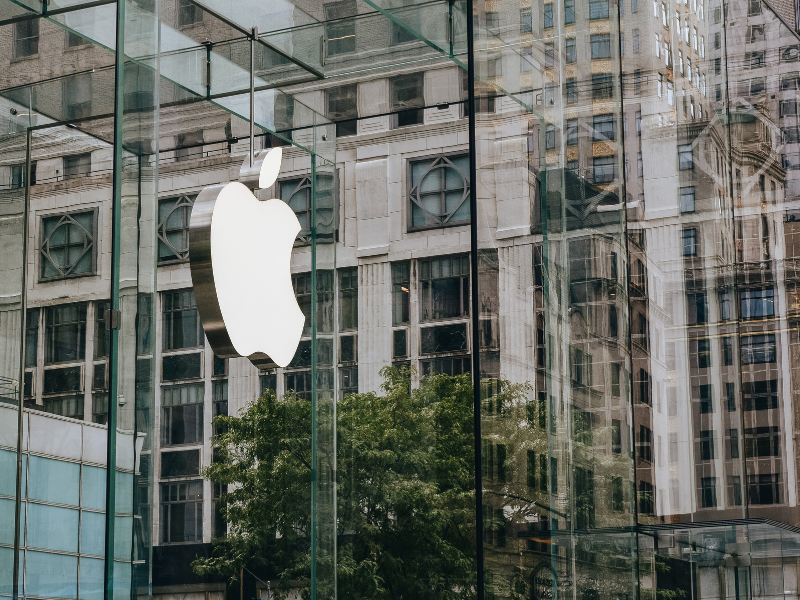Every company faces its fair share of challenges. Some struggles can feel insurmountable—plummeting profits, fading customer loyalty, or even the brink of bankruptcy. Yet, history has shown us that even the direst situations can be turned around with visionary leadership, strategic pivots, and bold decision-making.
Here are five of the most inspiring stories of turnaround success by companies you’ve definitely heard of.
1. Apple Inc.: From Near Collapse to Trillion-Dollar Icon
Challenge: Following Steve Jobs’ departure in 1985, Apple faced declining profits, fragmented product lines, and fierce competition from IBM and Microsoft. By 1997, the company was hemorrhaging cash, losing $1.04 billion in one year.
Turnaround Strategy:
- Visionary Leadership: Steve Jobs returned in 1997, refocusing Apple on innovation and simplicity.
- Streamlined Offerings: Jobs streamlined Apple’s offerings, cutting 70% of the product line and focusing on four key products targeting professionals and consumers.
- Brand Reinvention: The iconic “Think Different” campaign was launched to reposition the brand.
- Bold Partnerships: Collaborated with rival Microsoft for much-needed cash flow and software support.
- Customer Experience: Centralized operations under a single P&L statement to eliminate internal silos and align teams around customer-centric goals.
Results: Within a year, Apple posted a $309 million profit, setting the stage for its transformation into a trillion-dollar tech leader.
2. LEGO: Building Success Brick by Brick
By 2003, LEGO was $800 million in debt, with declining sales and a diluted focus caused by failed ventures into video games, theme parks, and apparel.
Turnaround Strategy:
- Core Product Revival: LEGO returned to its roots, focusing on classic building block sets and cutting unprofitable ventures.
- Fan Engagement: Leveraged crowdsourcing and fan-led innovations, launching popular products like LEGO Ideas and themed kits.
- Operational Overhaul: Streamlined inventory, reducing brick designs from 13,000 to 6,500.
- Cross-Media Strategy: Expanded into hit films like The LEGO Movie and innovative digital platforms like LEGO Life.
Results: LEGO became the most valuable toy company globally, overtaking competitors and setting profitability records.
3. Ford Motor Company: Driving Innovation to Reverse Decline
Challenge: In the early 2000s, Ford faced plummeting prices, $17 billion in losses, and a dysfunctional corporate culture. Declining product quality and outdated designs led to waning sales, while rising oil prices and raw material costs compounded its troubles.
Turnaround Strategy:
- One Ford Plan: Alan Mulally, the then CEO of Ford, introduced a unified global strategy emphasizing operational efficiency, product excellence, and teamwork.
- Leadership Culture: Fostered accountability through data-driven decision-making and clear communication, transforming a toxic corporate environment.
- Streamlined Operations: Simplified the product portfolio and organizational structure, focusing on customer-desired models.
Results: Ford returned to profitability, regaining its reputation as a top global automaker under Mulally’s visionary leadership
4. Marvel: From Bankruptcy to Blockbusters
Challenge: In the late 1990s, Marvel was on the brink of collapse, burdened by $250 million in debt and declining popularity. With just $3 million in the bank, its stock plummeted to $0.96 per share, and its workforce was pared down to 250 employees.
Turnaround Strategy:
- Licensing Model: Leveraged its iconic characters like Spider-Man and the Hulk by licensing them for movies, merchandise, and video games, generating quick revenue while reducing operational risks.
- Media Expansion: Focused on films and video games to build global recognition and reach broader audiences.
- Creative Revival: Repositioned publishing as a creative R&D platform, improving comic quality and modernizing timeless stories to attract new fans.
- Efficient Operations: Maintained a lean organizational structure and prioritized financial discipline, tying employee bonuses to cash flow performance.
Results: Marvel’s turnaround culminated in its 2009 acquisition by Disney for $4.3 billion, cementing its status as a global entertainment powerhouse.
5. Starbucks: Brewing a Comeback Through Customer Connection
Challenge: In 2008, Starbucks faced declining profits, store closures, and layoffs due to the economic downturn and over-expansion. Customer loyalty waned as cheaper alternatives gained popularity.
Turnaround Strategy:
- Leadership Change: Howard Schultz returned as CEO, refocusing on customer experience and operational efficiency.
- Customer Engagement: Launched the “My Starbucks Idea” platform to crowdsource feedback, generating over 93,000 ideas and rebuilding trust.
- Digital Integration: Pioneered social media campaigns and mobile apps, enhancing personalization and convenience.
- Operational Streamlining: Closed underperforming stores while prioritizing quality over expansion.
Results: Starbucks regained its market position as a global leader, successfully reconnecting with its customer base and driving innovation.
Conclusion
The above stories of turnaround success are not just about recovering from setbacks—they are about reinventing what’s possible. For startups and established businesses alike, these lessons serve as a testament to the importance of focus, adaptability, and a relentless pursuit of excellence.
Need support for your business transformation? Partner with Ravix Group for tailored turnaround solutions and expert guidance. Schedule a call today and let us help your business thrive.

